How Did We Go From Curvy Marilyn Monroe To Stick-Thin IG Models?
Body goals can be a minefield, can't they? It seems that every few years, a new beauty standard comes along that dictates how women should aspire to look.
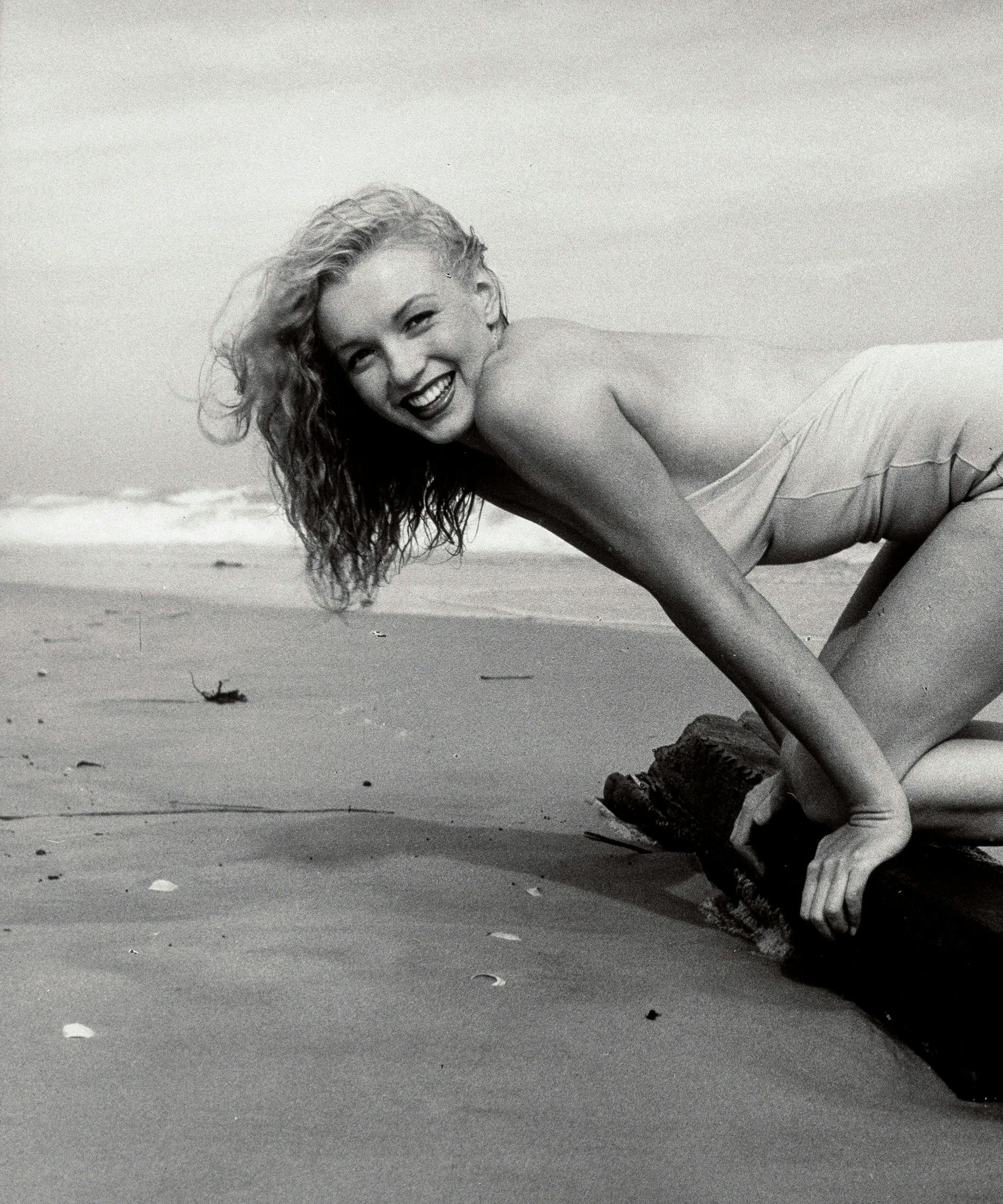
We've veered so far from the 1950s, where soft and curvy icons such as Marylin Monroe were considered the most beautiful and attractive. Body goals back then were much more natural-looking, realistic, and easier to achieve.
Today, women will go to extreme lengths to be beautiful, whether it's through dieting and filters to look like you have a tiny waist or surgery to get the on-trend look.
So what influences body goals? Does the economy, politics, or a sign of the times have anything to do with how women's ideal body image has evolved over the years? Let's take a trip down memory lane and examine how body goals have changed to see if we can learn anything from history.
The 1930s and 1940s
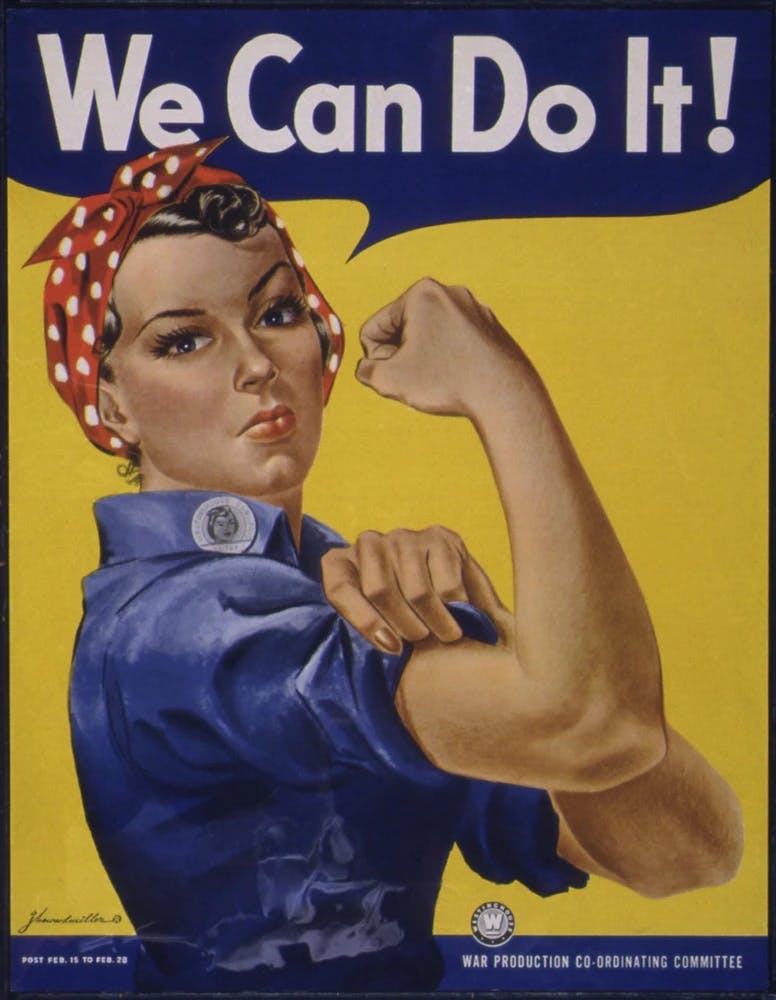
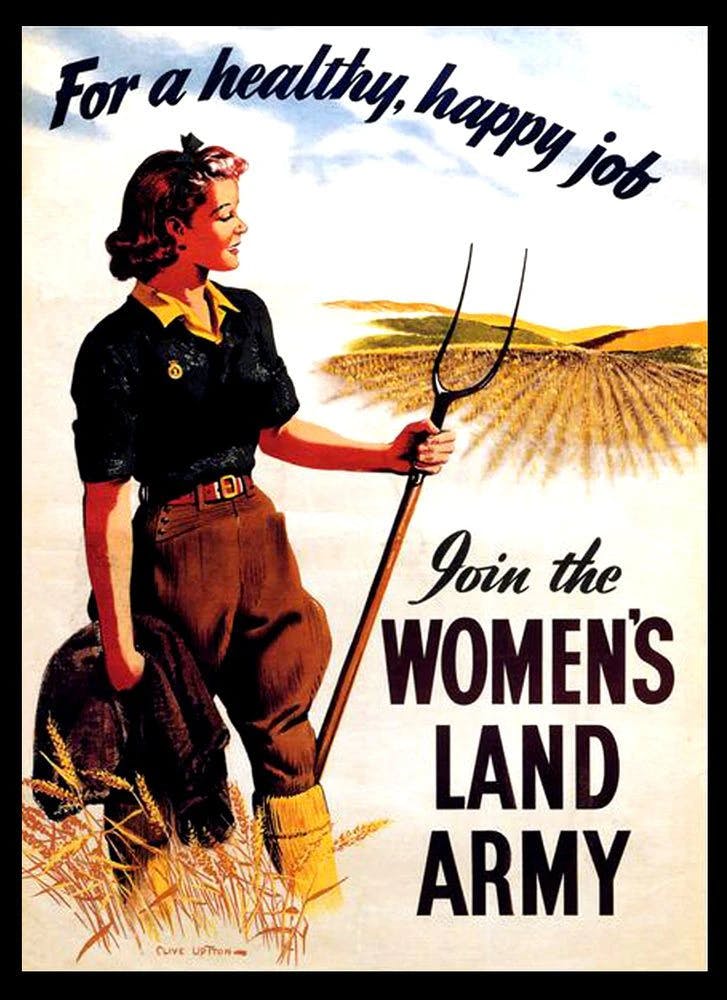
The Great Depression and World War II dominated these decades, which impacted everything from the food people ate, to the clothes that they wore and the media they consumed.
Men fought wars while women stayed behind to run households, farms, and towns. Women had to become more robust and step into the roles that men left behind, and of course, their bodies changed with the environment. Body goals during this time were strong, but natural-looking and practical to cope with the new demands.
After World War II ended in 1945, people moved from an agrarian society to an industrial economy, seeing families move from rural to urban areas. This created economic expansion, and it was during the late 1940s when women's body goals slowly changed to fuller figures as the ideal of beauty.
The 1950s
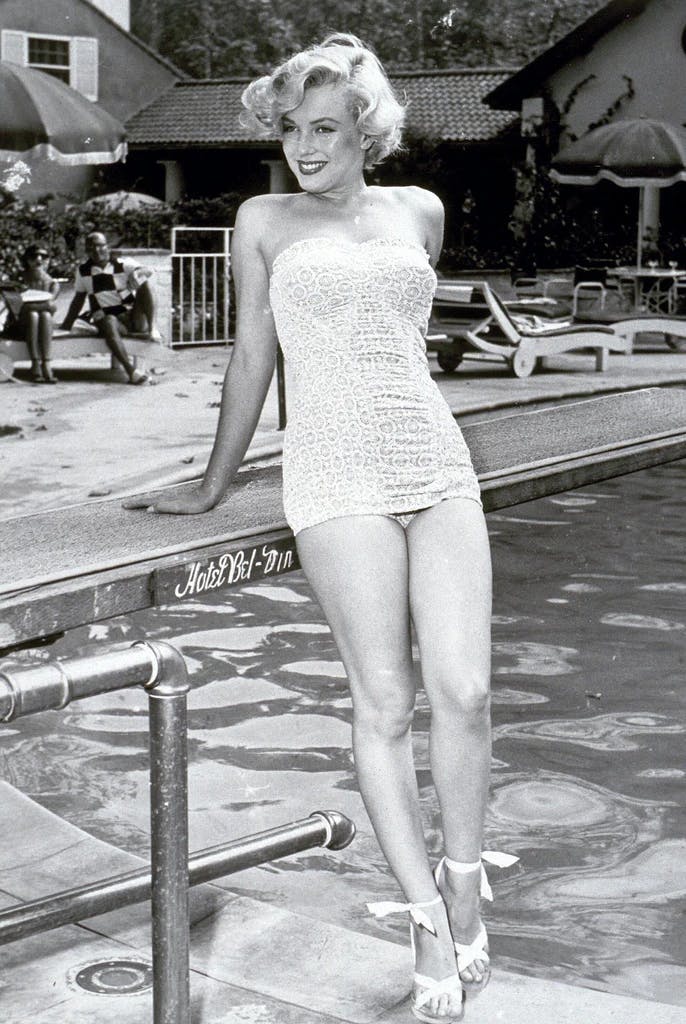
Photo Credit: Flickr
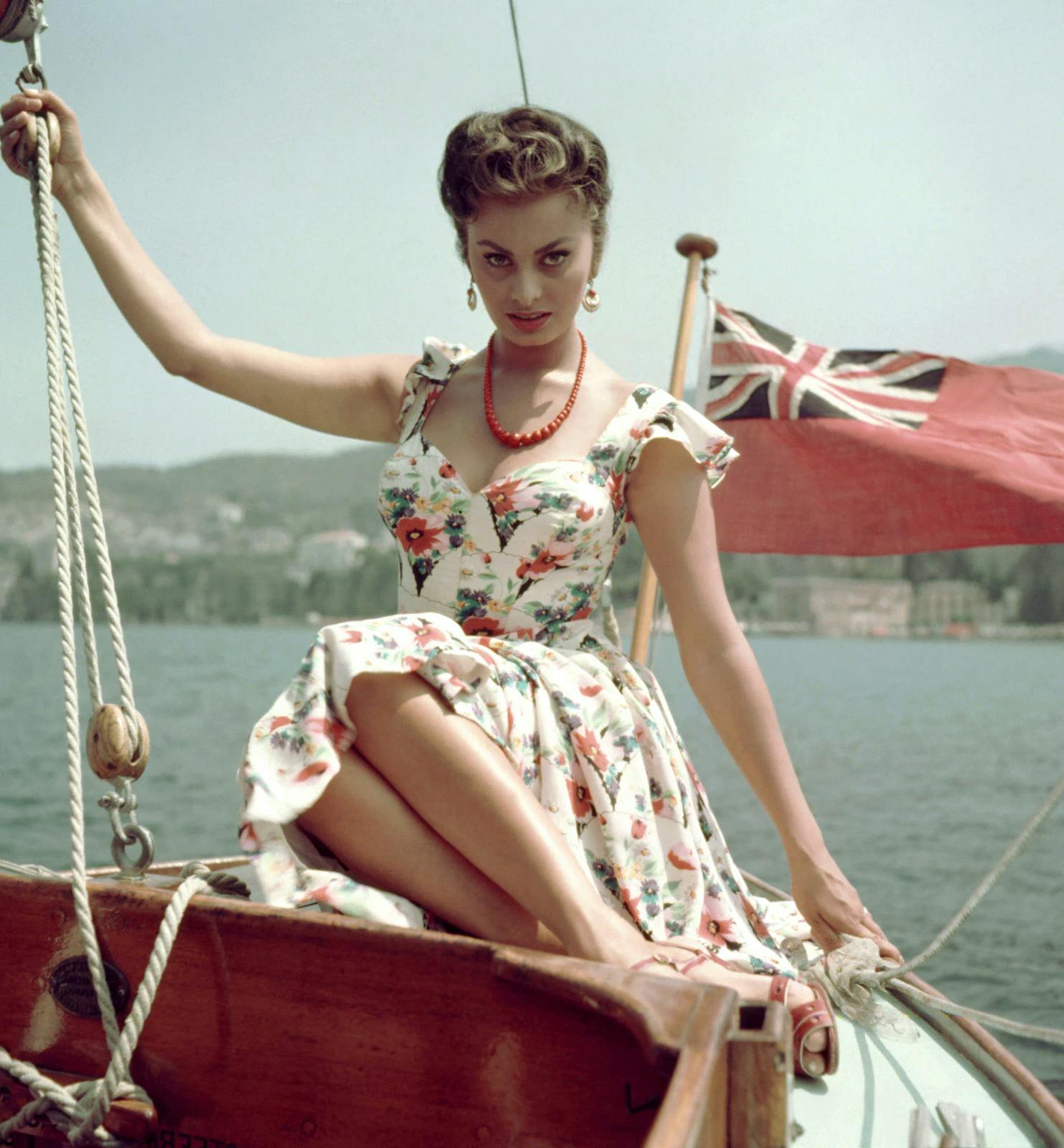
Photo Credit: Flickr
America was experiencing financial prosperity during Hollywood's Golden Age, with actresses such as Marylin Monroe, Elizabeth Taylor, Audrey Hepburn, Jane Russell, Grace Kelly, and Sophia Loren dominating the silver screen. They were the epitome of femininity: confident, beautiful, soft, and voluptuous. They had an hourglass figure, large breasts and hips, and a slim waist. Everything about their bodies looked natural, well in proportion, and healthy. Aesthetics were French meets classic Italian beauty meets the American dream, with the golden girl being Marylin Monroe.
We also saw the rise of the 1950s housewife who lived in domestic bliss. Life was abundant, and it was evident in how men and women would dress up, with Hollywood portraying this era as glitz and glamour.
The 1960s and 1970s
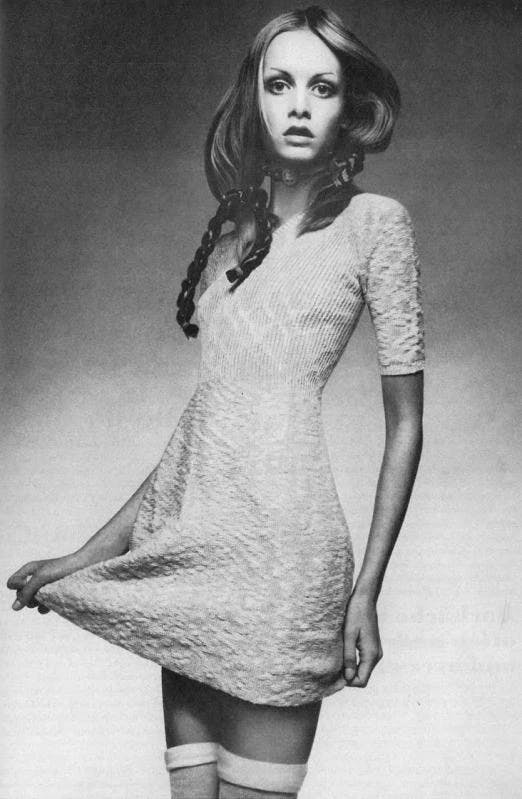
Photo Credit: Flickr
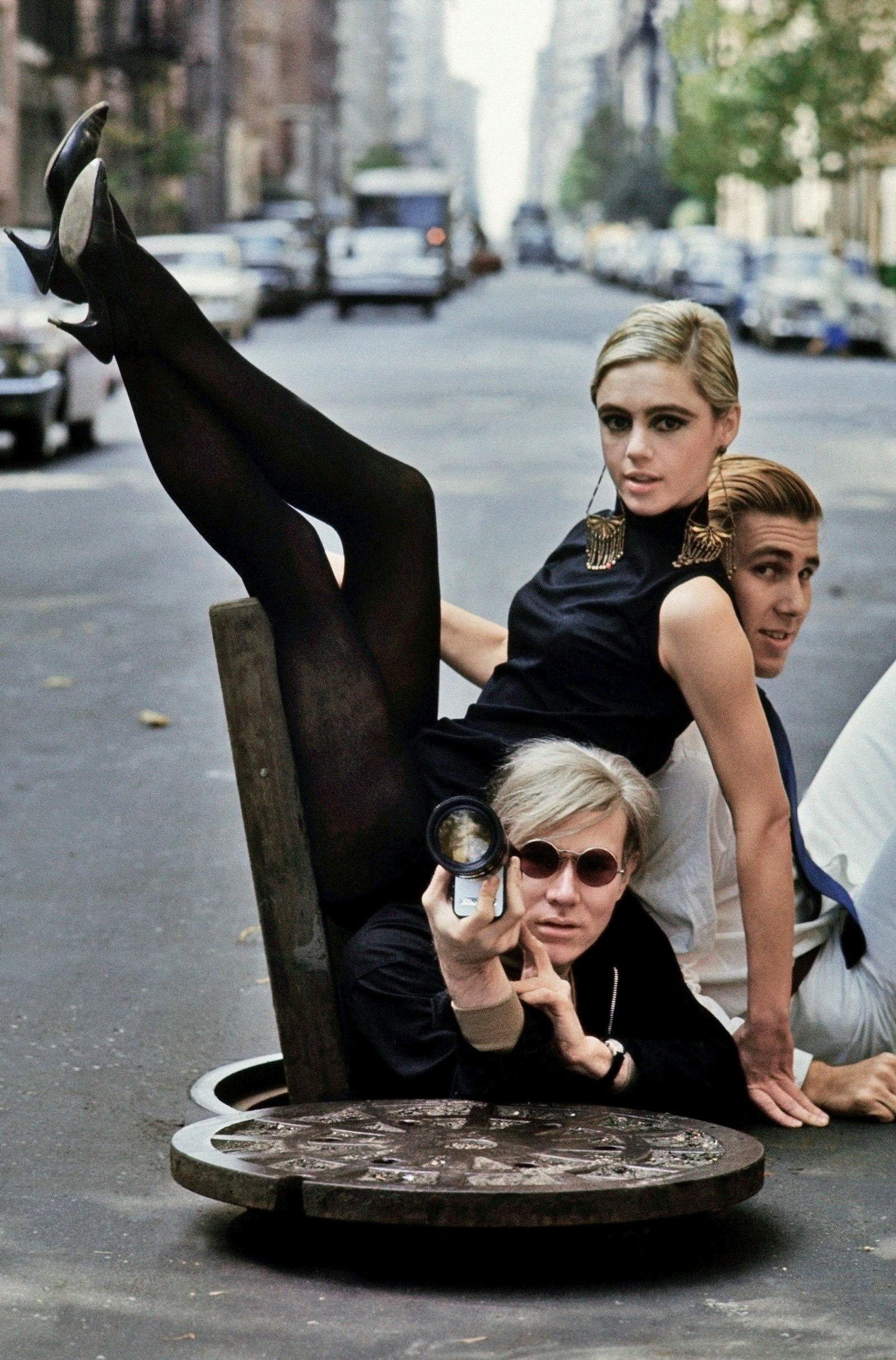
Photo Credit: Flickr
The Swinging Sixties and Woodstock years were all about freedom, women's liberation, sex, drugs, and rock 'n' roll. The "It Girls" of the era included beauties such as Twiggy, Edie Sedgwick, Tina Turner, Catherine Deneuve, and groupies who hung around bands at music festivals.
It was cool to hang out at dancehalls or indulge in "free love" at Woodstock. All this partying meant that women were out having a good time, drinking, taking lots of drugs, and not eating or sleeping properly. It's probably no coincidence that the body goal was extremely skinny with no shape, looking more like an adolescent girl than a mature, healthy woman.
The 1980s
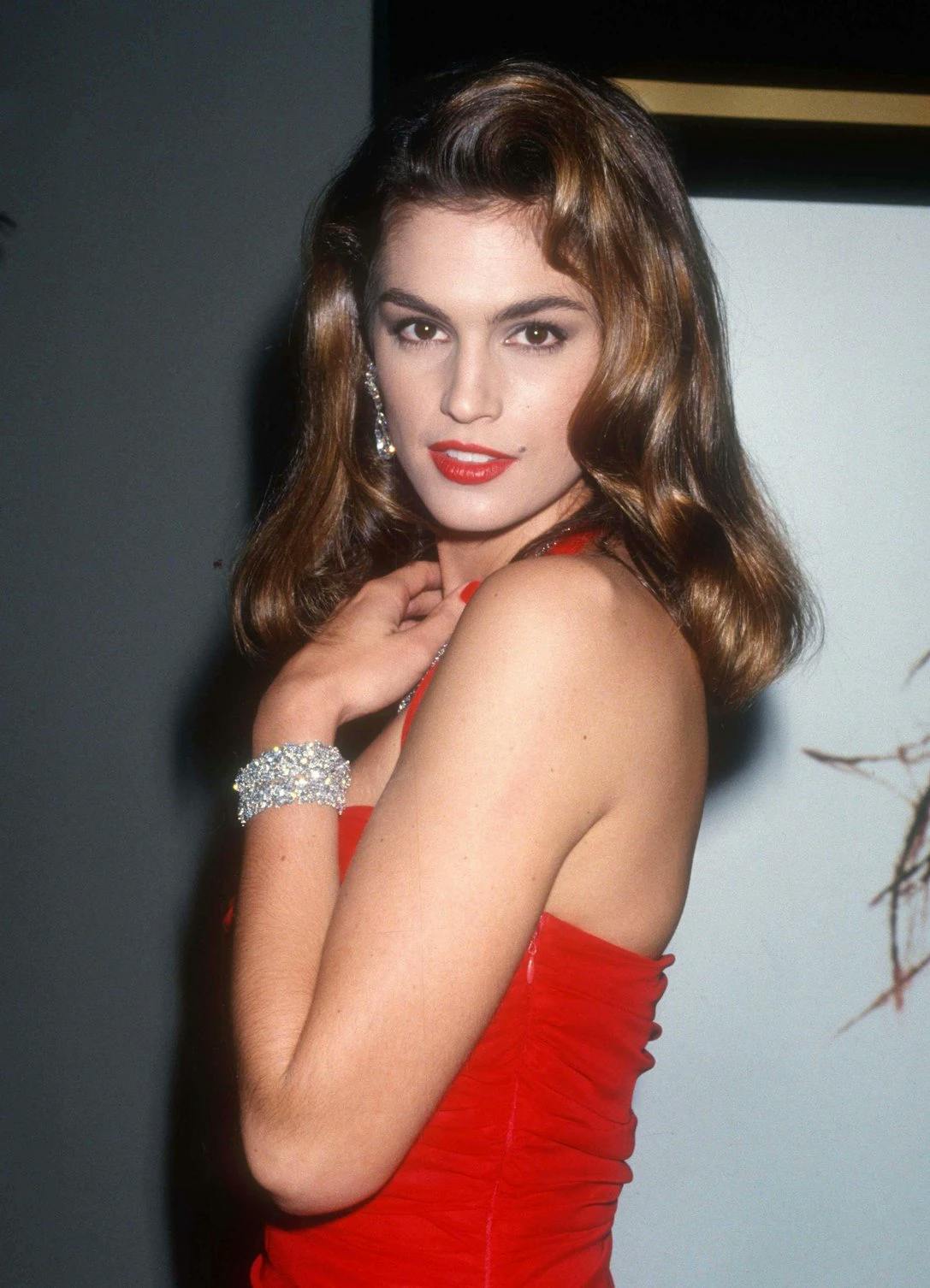
Enter the 1980s, when the economy was still booming, and supermodels such as Cindy Crawford, Brooke Shields, Elle McPherson, Christy Turlington, and Naomi Campbell burst onto the scene.
The body goal was slim and svelte, but curvy and tall with super long legs. They looked healthy and vibrant, and set the bar high and almost unattainable for everyday women – until Pamela Anderson came along.
Pamela was more petite, coming in at an average height of 5"7’. She was also famous for her boob job, which set the trend for plastic surgery and made women feel okay about getting physical enhancements to achieve the look they desired.

The 1990s and 2000s
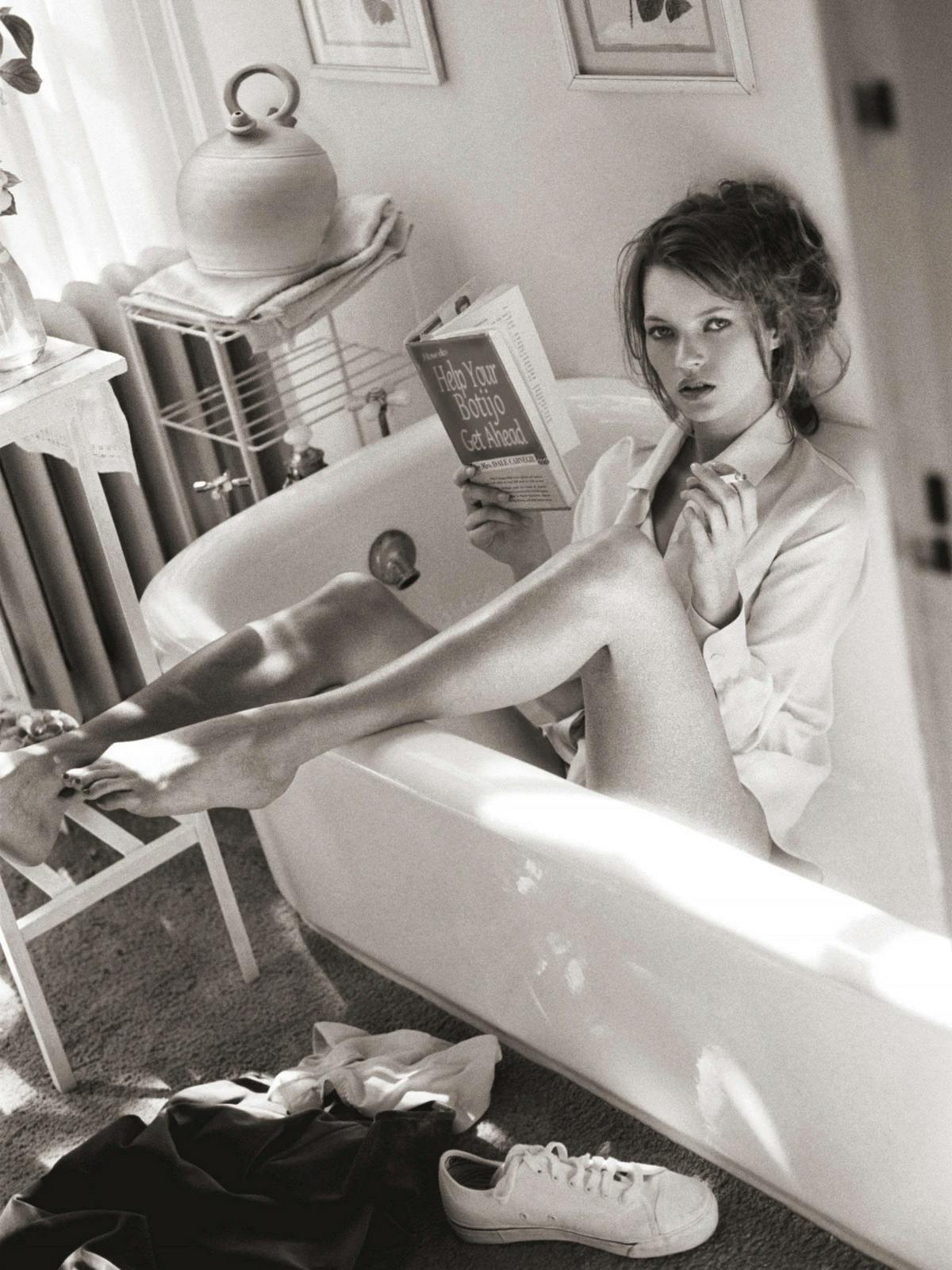
Photo Credit: Flickr
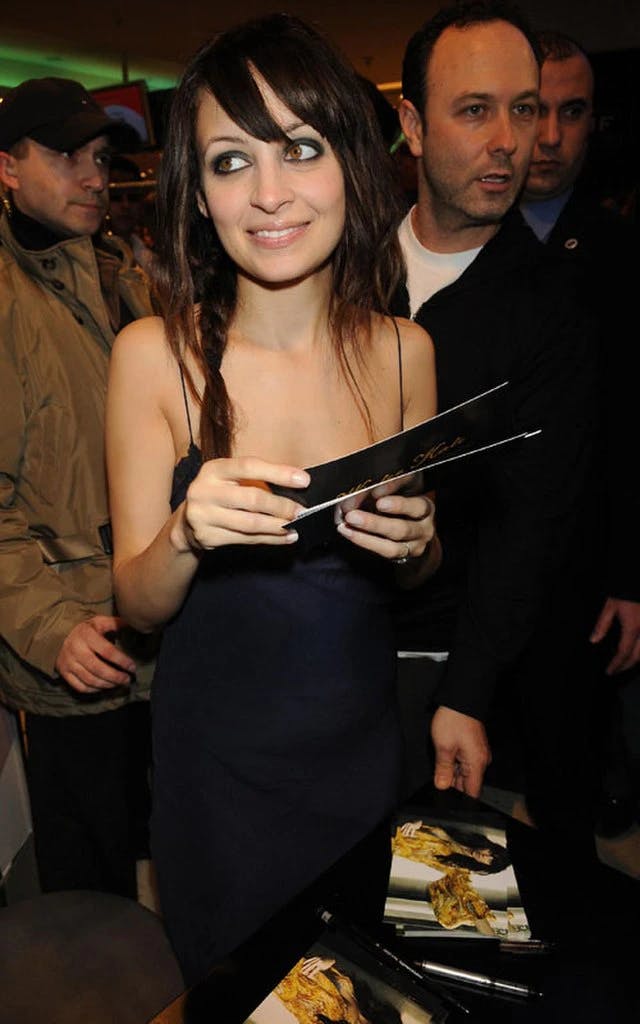
Photo Credit: Wikipedia
Heroin chic and size zero was the in-thing. It was also when grunge and Britpop exploded, and just like the ‘60s and ‘70s, women were out partying, drinking, and taking lots of drugs.
Calvin Klein led the trend with Kate Moss as their poster girl. Their advertisements pointed to the dark side of the fashion industry which was riddled with drug abuse. The look was pale skin, dark circles under the eyes, stringy hair, an androgynous body shape, and extremely skinny. Other it-girls following the trend included Paris Hilton, Lindsey Lohan, Nicole Richie, and Kiera Knightley.
Women worldwide were shocked and confused about the look, but magazines and newspapers still covered them extensively.
Meanwhile, probably one of the worst trends of the time was labeling perfectly normal actresses fat - like Kate Winslet, Drew Barrymore, and even Jennifer Love Hewitt were all made fun of by tabloids and magazines for their size. The problem? None of these women was even remotely overweight at the time.
The 2020s
Who leads the body beauty standard today? Is it Kendall Jenner, Zendaya, or Emily Ratajkowski? They all have pretty similar body shapes. They're perfect and super skinny. They have tiny waists, slim and toned bodies, long legs with thigh gaps, well-proportioned boobs, and Emily has those famous abs that seem to be on-trend at the moment.
On the other hand, we have the Body Positivity Movement with beauties such Ashley Graham, Iskra Lawrence, and Serena Williams advocating that women should love and accept our bodies as they are, no matter what size.
Finally, we have the rise of the athletic body. Women worldwide are hitting gyms and weight training to achieve that lean and muscular look – toned arms, toned legs, abs, and bubble butts.
So what does this say about the times we're living in now? Are women tired of trying to fit into one body goal box, or are there too many choices, leading to confusion about what's healthy or attractive, and causing arguments among the different body goal camps?
The only thing that seems to unite these "beauty ideals" is their rejection of a balanced body. Many women are either striving to attain an impossible body through brutal workouts and plastic surgery, while on the other hand, you have body positivity activists saying that any attempt to lose weight is a form of harmful diet culture. Real health and beauty lie somewhere in the middle, although we seem to have forgotten that.
Closing Thoughts
What are your thoughts about body goals? Should women be left alone and do what feels right for them, or should they strive for ideal body standards?
Whatever your definition of what a healthy and attractive body looks like, you should always love, respect, and take good care of your body regardless of what the media or society is trying to push onto you. Remember, beauty standards come and go, but your body will be with you your whole life.
Readers make our world go round. Make your voice heard in the official Evie reader survey.